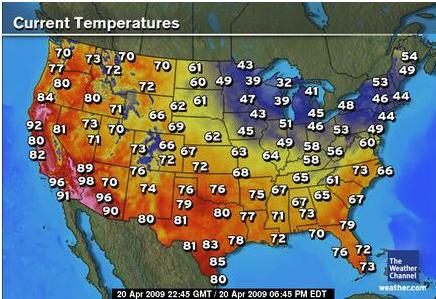
National Oceanic and Atmospheric Administration (NOAA), Finnish Meteorological Institute (FMI), and the Colombian Institute of Hydrology, Meteorology and Environmental Studies (IDEAM) -all who are sharing weather radar data as part of ASDI. Several of these collaborators including the U.S. ASDI supports collaborations with governments and national hydrometeorological services around the world. ASDI supports practitioners, innovators, and researchers with the data, tools, and technical expertise to advance sustainability work, goals, and initiatives. The Amazon Sustainability Data Initiative (ASDI) seeks to accelerate sustainability-related innovation and research by helping to minimizing the cost and time required to store, acquire, and analyze large weather and climate datasets. Climatologies of rain are used to build and verify flash flood models to enable timely and more accurate flash flood warnings. Weather radar-based climatologies of hail are being integrated into the forecasting process to improve alerts for severe weather.

These climatologies are useful for understanding how climate change is impacting the weather, and for improving the forecasting of severe weather events. Long periods of weather radar data are used to compute climatologies-the long term trends-of the observed weather. This makes weather radars an invaluable tool for scientists seeking to further the understanding of atmospheric processes and anything else that happens to be flying through the radar’s field of view. Weather radars are capable of seeing smoke from fires, meteors, birds, mayflies, and almost anything else in the atmosphere. These variables also enable weather radars to see more than just the weather. Weather radars are, amongst other things, able to detect the intensity of rain, the presence of hail, the potential size of the hail, if a thunderstorm is producing a tornado, and if a tornado is lofting debris into the atmosphere. These two variables-reflectivity and velocity-yield signification information about what is happening inside a cloud and the atmosphere overall.

The power of the return radio wave is translated into the reflectivity while the frequency is used to compute the droplet velocity through the Doppler effect. This occurs by sending out a radio pulse and measuring how long it takes the radio wave to bounce back off the cloud droplets. These weather radar networks are able to see cloud droplets and compute if the droplets are moving away from or towards the radar. Airplanes make it safely to their destinations through continuous monitoring of atmospheric weather with radar networks.


 0 kommentar(er)
0 kommentar(er)
